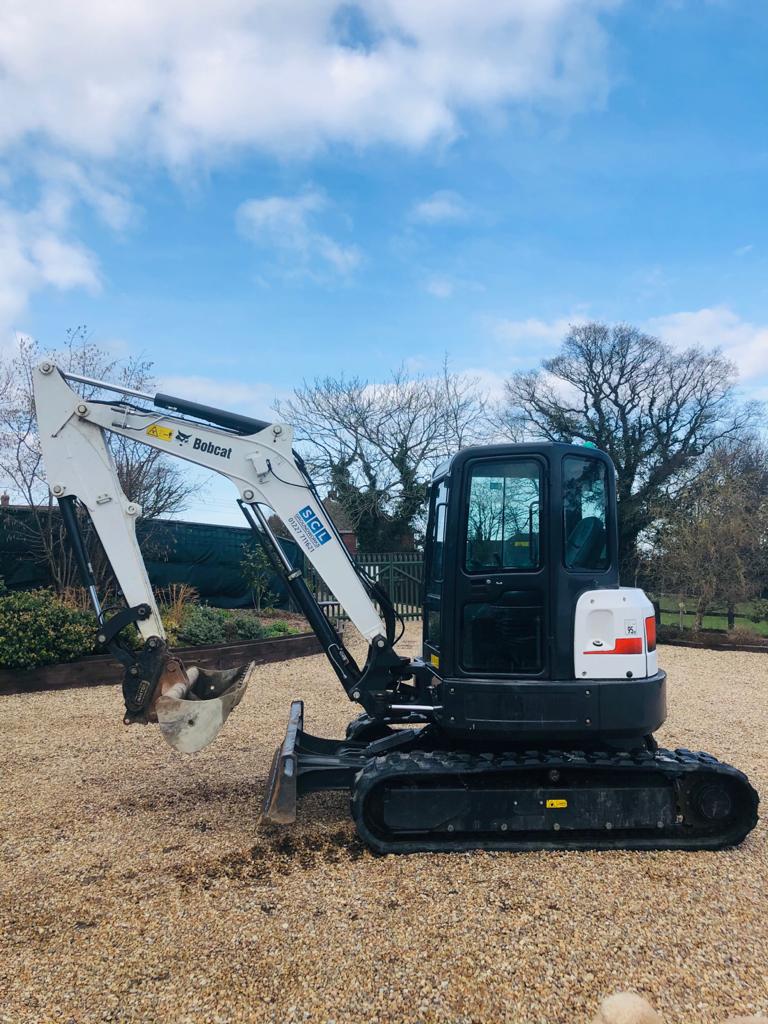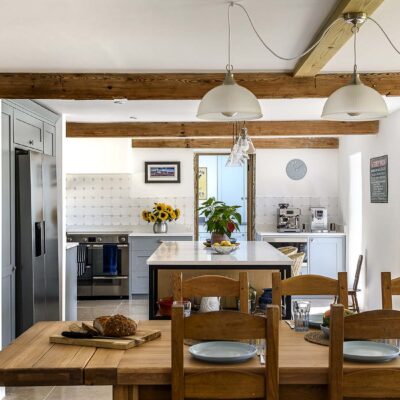SCL Groundworks share advice for getting a clear idea of what it will take to get you your dream new-build or extension, before you start out sclgroundworks.co.uk

1 To prepare land for a new-build or extension, the preferred starting point is often to get in touch with an architect to create the design of the project.
2 Once the architect has created an initial scope of specification for what you wish to achieve, you will be able to go to a structural engineer to organise the groundworks. Finding the right engineer is just as important a step as finding a good architect, as the groundworks will create the base that the building will rely upon. This can take up to 4 weeks depending on the complexity of the project.
3 Your engineer may ask for tests such as boreholes, or soakage tests to be undertaken. It is also advisable to take soil samples to analyse their waste classification, as this can have a large impact on the cost of the project. These can take two or three weeks for results from tests being carried out.
4 Obtaining quotes for services and utilities. This is also important for new-builds as the quotes provide contractors clear information at the beginning of the project and help prevent any unknown costs early in the build. This would usually take four weeks from contractors receiving information and drawings, to allow for a visit to the site and a competitive price to be drawn up. When obtaining quotations from contractors it is important for them to visit the site to understand access, ground levels and other external factors. To get an accurate quote you should also give them:
- full but concise information on how long you wish for the build to take
- clear detailed drawings of the plans
- payment term information
- clarification on whether you expect to hold a retention (a percentage of the project’s valuation which is held for a rectification period of the works). This is usually 12 months at 5%, with 2.5% paid on completion and 2.5% paid once the rectification period is complete
5 Speak with local estate agents about the value the project could add and compare this against build costs to assess potential returns and whether the scheme is viable.
6 Weigh up all of your costs against what you could gain from the project and make a decision!
You may also like
At home with history
After looking at over 100 properties across Oxfordshire, Sussex and Somerset, artist and creative director Sean Joo finally fell in love with a country house near Lenham, bringing a dash of the South of France to a leafy corner of...
A home of light, life & joy
Peter and Sarah’s modern family home, built on the site of an old turkey farm, is a reflection of the couple’s passion for travelling and filled with all the things that they love There are houses you step into and...
A Second Life
A collaborative parent-and-son design and build process has resulted in a multi-generational family home that couldn’t be more fit for purpose The original barn, from which this warm and welcoming family home has emerged, dates from around 1840. But this...






